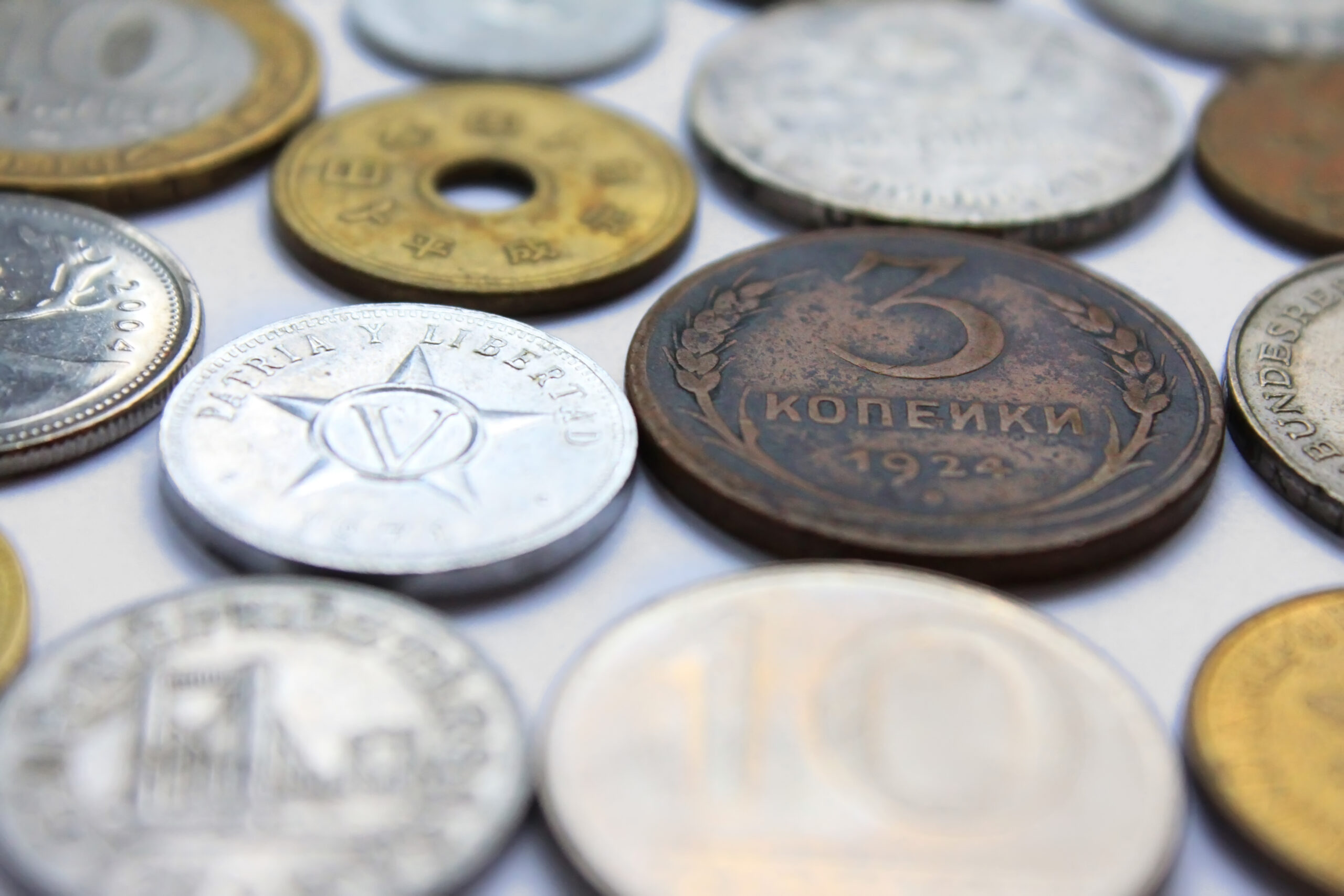With a surface size of 10,180,000 km, Europe is the second-smallest continent globally. The UN recognizes 50 European nations. With China and the United States, the European Union has one of the top three economies in the world.
Many European countries are among the richest in the world. The level of economic prosperity in Europe varies between nations. Besides, the poorest nations nowadays are often those in Eastern Europe. Let us dive deeper into the list of these countries!
How to calculate a country’s wealth?
Gross domestic product (GDP) indicates a country’s economic health. Gross National Income (GNI) per capita gives a more accurate picture of the country’s residents’ faring.
Below are the top 9 Poorest Countries in Europe by 2020 GNI per capita, Atlas method-

Ukraine
As of 2020, Ukraine is the poorest nation in Europe. Its per capita GNI of $3,540. The USSR’s second-largest economy at one point belonged to Ukraine. But after the fall of the USSR, Ukraine struggled to move toward a market economy. The poverty came from government corruption, Russian aggression, and poor infrastructure.
Georgia
Georgia’s GNI per capita in 2020 was $4,290, less than all of Europe save Ukraine. Georgia’s economy and Human Development Index (HDI) are improving. It results from significant banking reforms, a decline in corruption, and education changes.
Kosovo
In 2020, Kosovo had a per capita GNI of $4,440. It ranked as the third poorest nation in Europe. Five hundred fifty thousand people in Kosovo live in poverty. It is since around 30% of the population earns an income below the poverty line. Also, Kosovo has a 34.8 percent unemployment rate as of 2016. Also, most families make less than 500 Euros per month on average.
Moldova
Moldova, GNI per capita of $4,570 in 2020. It is the poorest nation in Europe. After the Soviet Union’s fall in 1991, Moldova experienced some difficulties. The population proportion living below the national poverty line has decreased.
Albania
The GNI per person in Albania is $5,210. Albania transitioned from a socialist to a capitalist market economy after the USSR fell. It occurred in the 1990s. Despite being the fifth-poorest nation in Europe, its economy is growing. It is a result of Albania’s abundant natural resources.
Macedonia North
Europe’s sixth poorest nation is North Macedonia. North Macedonia’s economy underwent a significant transformation. It is after achieving independence in 1991 and has since developed. The GDP of the nation is derived from trade.
North Macedonia still has a high unemployment rate of roughly 16.6%. The unemployment rate peaked at 38.7 percent. The GNI per person in North Macedonia was $5,720 in 2020.
Bosnia & Herzegovina
The GNI per person in Bosnia & Herzegovina was $6,090 in 2020. It damaged the nation’s people, infrastructure, and economy. It is the conflict and the ethnic cleansing that it brought about. Women make a smaller part of the workforce in Bosnia and Herzegovina and earn less than men.
There are many disadvantaged families, and therefore, many families experienced poverty as a result.
Serbia
The 2020 GNI per capita for Serbia is $7,400. Serbia’s economy expanded for eight years. It was at the start of the 2000s before the world recession in 2008. The poverty rate in Serbia is about 25%. Yet, sectors like the production of food and energy are robust. It makes Serbia’s economic situation better.
Montenegro
The GNI per person in Montenegro is $7,900. The economy of Montenegro is modest and dependent on the oil sector. The nation’s natural resources have been depleted by urban growth and deforestation. Additionally, discrimination is also identified based on age and gender. About 50,000 of the population are refugees and displaced people.







